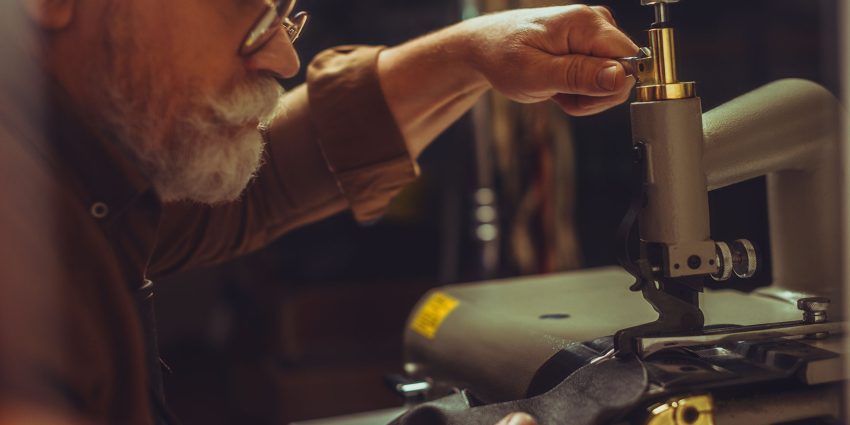Not all tools are built for the real world. Some look solid in the packaging but crack under pressure, literally and figuratively, the moment they’re introduced to grit, sweat, and long hours. If your work throws heat, friction, or repetition into the mix, then your tools need to be more than just decent. They need to be relentless.
So, how do you know if your gear is up to the challenge? Simple. You stop looking at the specs on the box and start watching how the tool behaves under pressure.
The Material Doesn’t Lie
If the tool bends when it shouldn’t, or snaps in the middle of a routine task, that’s not “wear and tear.” That’s poor design.
Here’s what to look for:
- High-carbon or drop-forged steel that holds its edge
- Handles made from dense hardwood or non-slip composites
- Joints that don’t rattle, loosen, or squeak after repeated use
A durable tool should look and feel solid the first time you pick it up—and still feel that way after a month in the field.
How It Handles Abuse Tells You Everything
The job site doesn’t care how clean your tools are. Dust, grease, impact, vibration—these things test every component. So the real question is: Does your tool recover after stress, or does it degrade quietly over time?
Durable tools:
- Maintain their shape, grip, and alignment
- Don’t lose calibration or cutting edge after a hard job
- Can be dropped, knocked, or pressed without falling apart
If your gear needs babying, it’s not tough enough.
Comfort Under Pressure Isn’t a Luxury—It’s a Requirement
In extreme conditions, the last thing you need is a tool that wears you down. Fatigue, slippage, and bad ergonomics aren’t just annoying—they slow you down and increase mistakes.
That’s why pros pay close attention to how a tool fits in the hand. Does it stay steady when wet? Can you control it with gloves on? Does it tire your wrist before the task is done?
Tools that hold up in tough conditions help you hold up, too.
You Can’t Fake Rugged
At the end of the day, a tough tool doesn’t need to announce itself. It just works. No fuss. No failures. It lives in the toolbox longer than most contracts and still has enough left for the next one.
So if your work gets hot, dirty, or demanding, don’t settle. Let your tools rise to the challenge. If they can’t keep up, they were never meant for the job.

